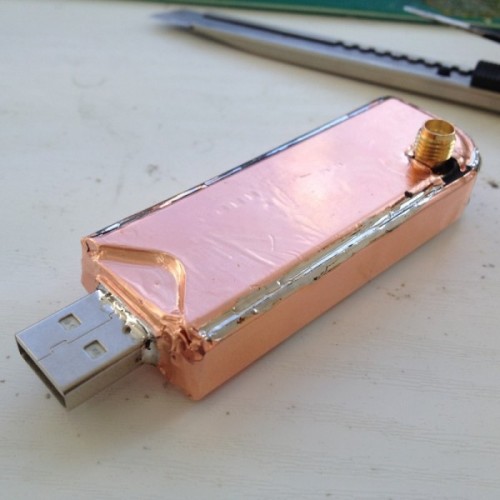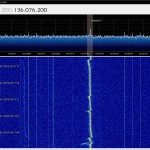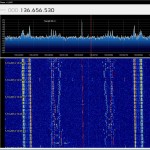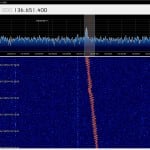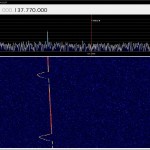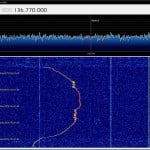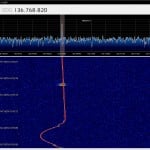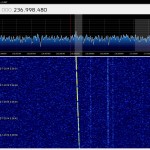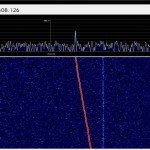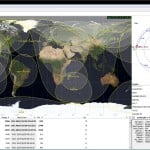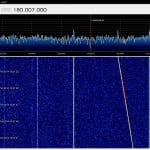YouTube Airspy Review and Comparison
Over on YouTube user ranickel (aka W9RAN) has uploaded a video showing his review of the Airpsy software defined radio. Although the Airspy is not yet shipping, several independent reviewers received a unit early.
In the video W9RAN compares the Airspy against seven traditional analogue hardware radios and the RTL-SDR using a amateur radio beacon at 28 MHz. He also demonstrates the software decimation feature of the Airspy drivers and shows how it can increase the sensitivity and signal to noise ratio.

